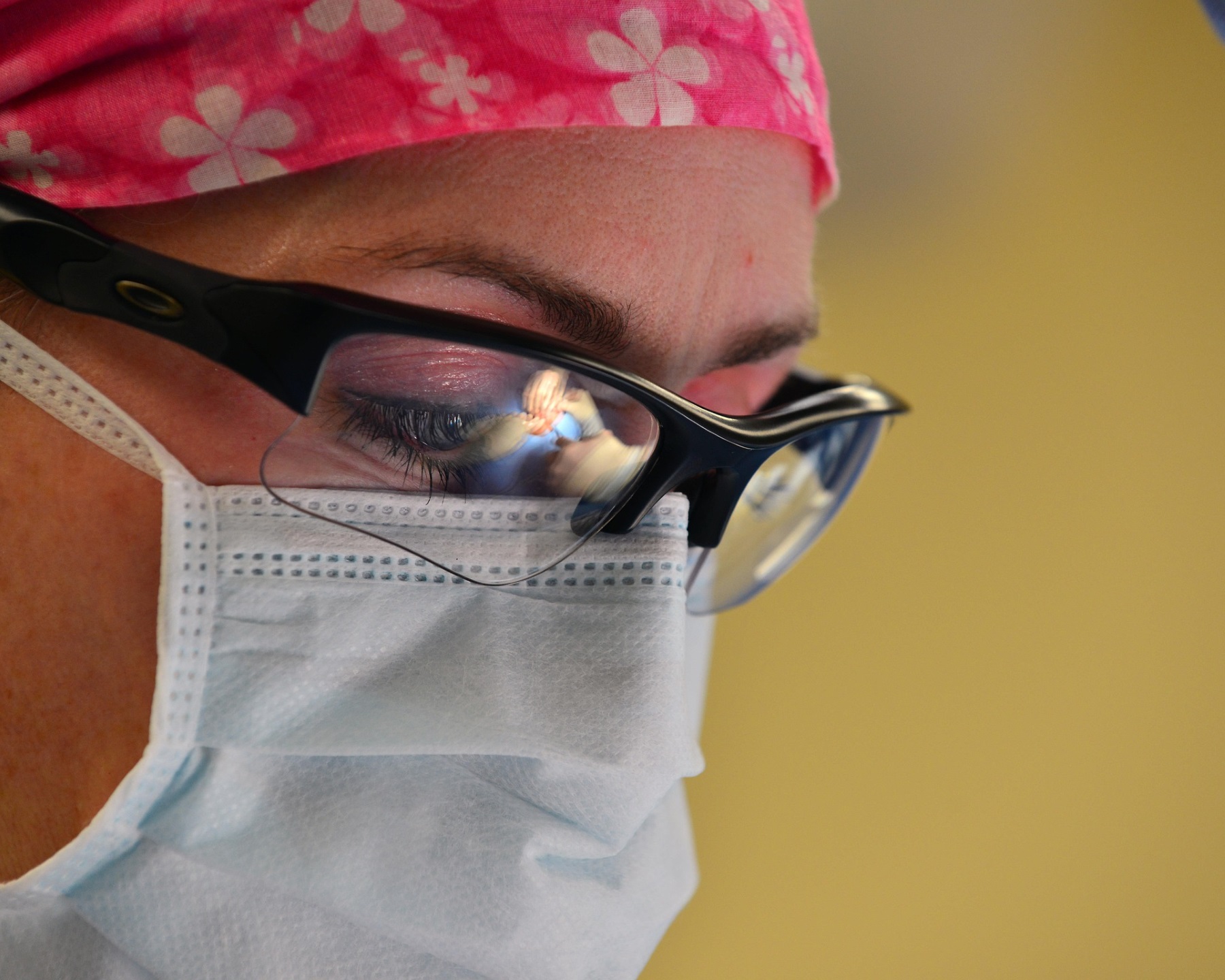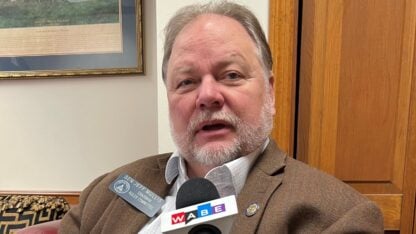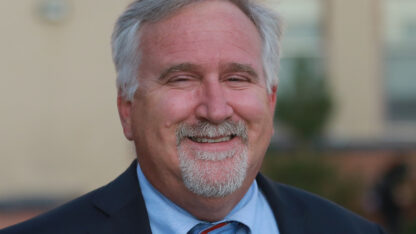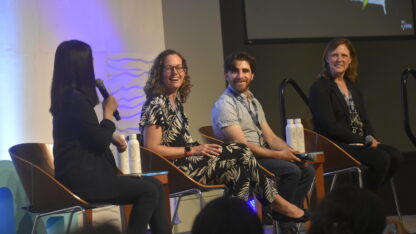For First Time, Women Outnumber Men Enrolling In US Medical Schools

The American Medical Association has launched the #MaskUp campaign to encourage everyone to wear masks in public.
Pixabay Images
For the first time, more women than men enrolled in U.S. medical schools in 2017, according to data from The Association of American Medical Colleges. The AAMC says 50.7 percent of first-year medical students are women this year.
“This year’s matriculating class demonstrates that medicine is an increasingly attractive career for women and that medical schools are creating an inclusive environment,” Darrell G. Kirch, M.D., AAMC president and CEO said in a statement. “While we have much more work to do to attain broader diversity among our students, faculty, and leadership, this is a notable milestone.”
The association says the number of female medical students has grown by 9.6 percent since 2015. In that same time, the percentage of male students has declined by 2.3 percent, the AAMC says.
In Georgia, 52 percent of first-year medical students are female. Emory’s class is 57 percent women. At Morehouse School of Medicine, it’s 56 percent.
“We have tended to have a class of 60-some percent women over the past two decades,” said Martha Elks, M.D., Ph.D., senior associate dean for educational affairs, professor of medicine and professor of medical education.
While other schools may target women, Elks says MSM is trying to recruit more men.
“It has been one of the challenges in America that African-American men for more than a generation have not been moving on to higher education, completing a collegiate degree and in the pool for medical schools,” she said.
That’s not to diminish the status of women, Elks said, but no field should be too lopsided.
“The population we serve is half women, half men,” she said. “So, a health care delivery system that is dominated either by men or by women is not where we want to be.”
As a minority-serving institution, Elks said MSM has been committed to developing its own pipeline since the school’s inception. The medical school has developed partnerships with local public schools, she said, to interest students in science.
“We know that we not only have to consciously recruit,” she said. “We have to consciously grow our own.”
Even if those K-12 students don’t become doctors, Elks said, many will still graduate from high school and go on to lead healthier lifestyles than they would without the school-based health and science programs.








